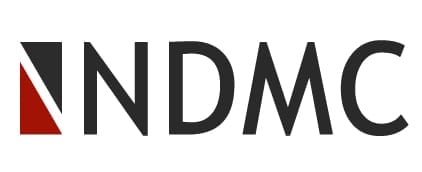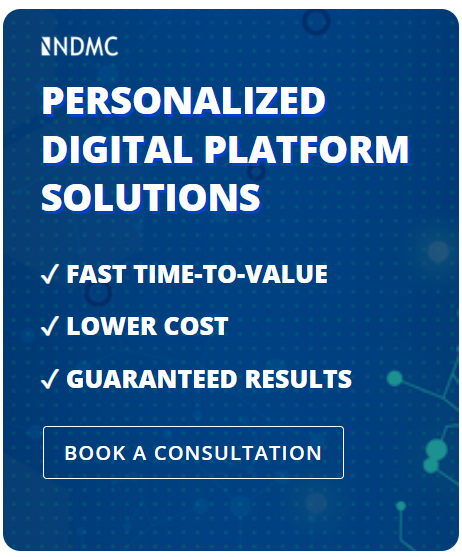
By Ian Tomlin updated Jan 19, 2023 at 10:19 am
Is it progress if a cannibal uses a fork?
Stanislaw Jerzy LecIs
It’s a funny thing. When leadership teams get wrapped up in software app selection discussions, the purpose of technology can get so easily lost. It’s as if, the more technology options and possibilities come into the foreground, the more they become the SUBJECT, not a CONTRIBUTION to a desired outcome.
Much of my time is spent consulting for management teams and business leaders. And I’ve been involved with start-ups and built software. It’s come to my attention that strange things happen when you explain to a client that you’ve got a software solution to overcome a problem. Before you know it, the conversation is about technology choices, not how to achieve the best outcome that involves people, process, data and technology.
Particularly when enterprises are considering a digital transformation, this technology ‘target fixation’ is a real issue. Leaders must be technology aware these days – digital transformation is too big for the CTO alone.
Businesses today depend on data. Their relationships with customers and suppliers exist as data flows through a software conduit. The technology organizations use defines them to their customers. It also makes a huge impact on profitability (i.e. how efficiently an organization translates its customer value into shareholder returns).
Speaking to a large number of CMOs and sales leaders as part of my research activity looking into marketing automation tooling last year, I was surprised how consistently these experienced leaders described how their businesses were awash with software apps and robotic solutions to the point of distraction.
Each of these tools had been selected for doing a particular task or job really well – and I’m sure they do – but the unintended consequential impact of using all of these tools was a paucity of technology that did little more than distract.
The world of business computing has shifted from a discussion around apps to solve particular needs, to looking more holistically at business models and how enterprises can maximize customer experience and shareholder returns with a single, unifying platform.
There are several ways leadership teams can tackle the automation of their enterprise.
One option is to start from the ground-roots, looking at the task related problems of work activities, and lever in new tools like Robotic Process Automation (RPA) to make improvements ‘one task at a time.’
The challenges this ground-up approach fosters include a lack of control afforded to IT and compliance teams over data, the increased risk of data silos, and the probability that any step-change in workflow design (or new tools and mechanisms) could obviate the need for these low-level tasks completely!
There is a big risk that internal (and external) sponsors of technology tools will find more and more task automation opportunities to justify the time and spend on solutions, distorting how resources are being used to achieve departmental ends, not enterprise level outcomes.
The next level of solutions focus on the automation of enterprise workflows using discipline software. With document and business process management solutions, enterprises are able to turn their traditional paper-based workflows into a superior digital alternative, sometimes installing M2M processing and eradicating the need for humans to take on the role of ‘sub-processors’ or ‘interpreters.’
Sensibly, the highest level of automation is a top-down last year digital platform orchestration of the business model, but that requires a great deal more thought and design.
So how is your enterprise moving ahead with its digital transformation? And is it starting at the right level? Unless organizations have established a team that governs digital transformation, the probability is that the task of improving how the enterprise works falls to departmental managers and portfolio holders that are bonused on the performance of their silo. Inevitably, when in search of quick-wins, the likely consequence of this lack of top-down control is that middle-managers will focus on plugging gaps and short-term economies, rather than step back and revisit the big picture.
Equipping teams and individuals with the SaaS apps might well be creating far too many rabbit holes for leadership teams to get lost in.
Revisiting business model designs and then considering a digital orchestration using a unifying applications design and deployment platform may sound like a longer-term agenda, but the alternatives may just be adding more complexity and cost to your enterprise.
Related posts

Crisis or Opportunity?
GO WHERE THE BUSINESS IS: The economic impact of COVID-19 is here to stay, but that’s not a terrible thing, for many...

What Is Customer Data Management?
Customer Data Management is the discipline of managing the value of customer data.

Powering curiosity—the data to make decisions
Every business needs data to drive decisions, but how do leaders create an information system able to keep up with their changing objectives?

